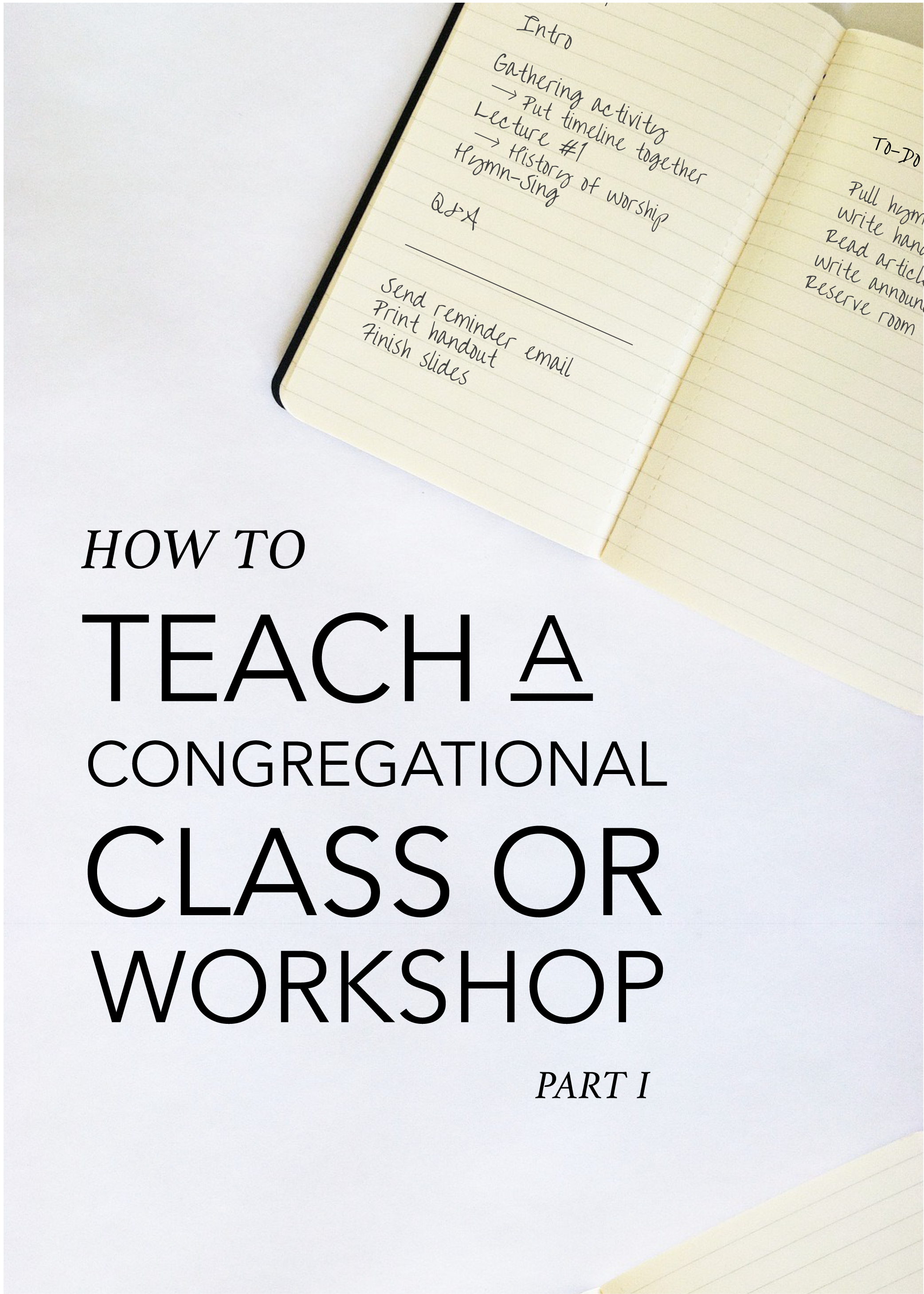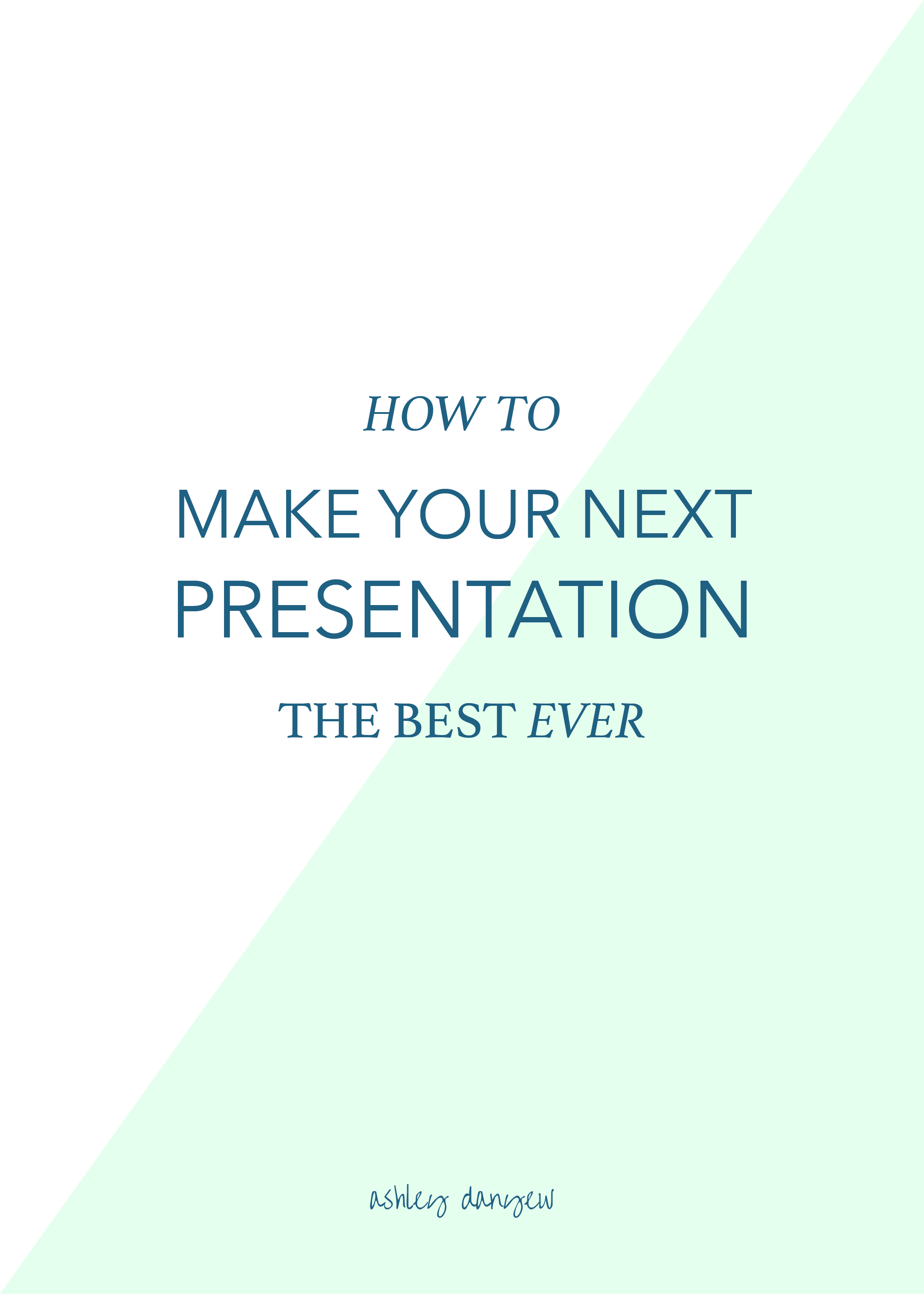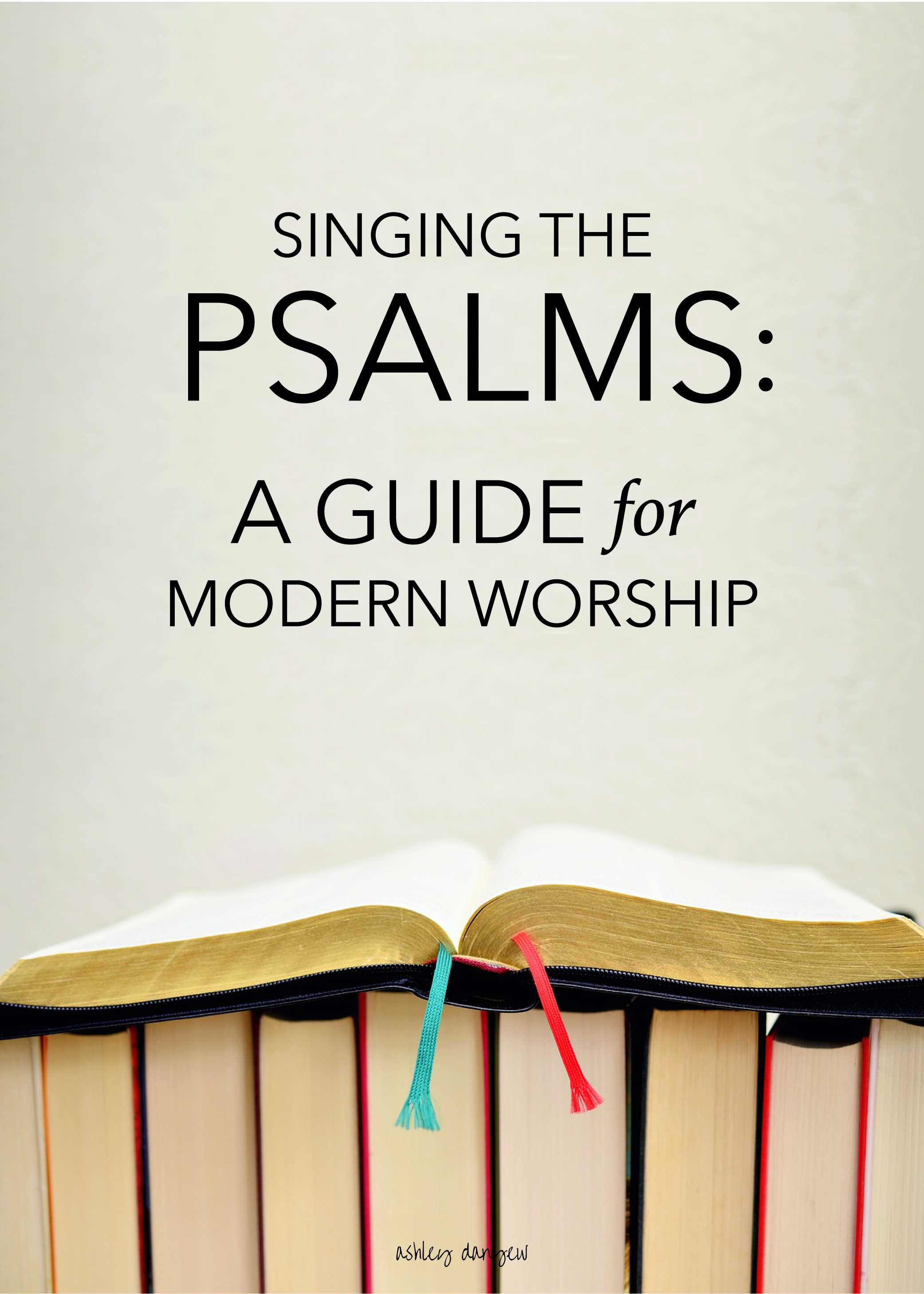Earlier this week, I shared helpful tools and resources for teaching a congregational class or workshop, including several ready-made classes and seminars and step-by-step directions for creating your own class or workshop (read it here, in case you missed it).
For those of you that may not have done something like this before, the idea of standing up in front of a room of people and talking may feel a little outside of your comfort zone.
I get it.
I mean, we’re musicians, right? Playing or singing in front of people is no big deal, but talking is a whole different story.
If teaching is new for you, here are a few practical tips for keeping your cool and creating a fun, meaningful, engaging learning experience for your participants.
My Top 10 Tips for Teaching a Class or Workshop
01 | Arrive early.
Give yourself plenty of time, that first day especially. Make sure you have all the equipment you need, all your notes are in order, and you’re not feeling rushed or frantic. And make sure the room is set up how you’d like it.
02 | Rearrange the room.
If you’re meeting in a Sunday School room or even the choir room, consider rearranging things a bit for your class or workshop. If you’re teaching a smaller group (say, 15 or fewer), consider having everyone sit in a circle so it doesn’t feel quite so formal. This will also encourage more group conversation and discussion along the way.
03 | Think about the big picture.
Before you walk into the classroom that first day, ask yourself these questions:
- What is the overarching point of your presentation or lecture? Can you summarize it in one sentence?
- What is the primary goal of what you are teaching?
- What do you want people to remember when they leave?
Focus on these things as you teach - don’t get lost in all the nitty-gritty details of what you’re presenting.
04 | Keep it moving.
Keeping a good pace while teaching is so important to creating an engaging learning atmosphere. If you’re using slides to guide your audience through your talk, this can be a great way to keep yourself on track (experts say 1-2 slides per minute for a moderate pace - source). If you’re not using slides, consider breaking up your talk by playing musical examples and/or having the participants sing along.
05 | Be yourself.
It’s totally normal to feel nervous when you first start out. But remember, all the people gathered in front of you are genuinely interested in what you have to say. You’re the expert! Take a deep breath, smile, and try to act natural. Sit on a stool, if it makes you feel more comfortable than standing. Add in your own anecdotes here and there. You’ve got this!
06 | Use plain language.
Speak in your normal, everyday language as much as possible instead of reading from a script. This will help people relate to and connect with you and what you’re saying. Think about your audience. Who are they? Where have they come from? What do they know? What are they interested in? Talk to them. Meet them where they are. Start a conversation.
07 | Simplify.
Visuals are a great way to guide people through a presentation or workshop. Consider creating slides or handouts so people can follow along as you go. Keep in mind that any visuals you create should support what you have to say, not replace it (e.g. Don’t put your teaching outline on a few slides and call it a day). Use bullet points, images, and quick one-liners to help make your presentation memorable and engaging.
08 | Give a few examples.
People love tangible examples. Add in a few examples throughout your presentation - visual, musical, or other forms of media. Use video or audio clips, or if there’s an instrument nearby, play a few examples live as you go (and include your participants, if possible!).
09 | Vary the format.
Don’t be afraid to experiment and mix it up. If you have an hour to fill, try doing a fun activity at the beginning to get everyone acquainted and primed for the topic of the day (10 minutes). Prepare a 20-minute presentation for the middle, followed by a Q&A session or group discussion (20 minutes), and close with another fun, participatory activity to bring everything home (10 minutes). The hour will fly by!
10 | Go with the flow.
Be flexible, adapt, learn as you go. It won’t be perfect and that’s okay. The secret is we’re never done learning ourselves, so be open to change and willing to learn from your experiences (and those sharing the experience with you).
I hope these tips give you the confidence to do your best teaching this year. Let me know how it goes!
Read more:












